Sunny Tran
A Neural Network Solves and Generates Mathematics Problems by Program Synthesis: Calculus, Differential Equations, Linear Algebra, and More
Jan 04, 2022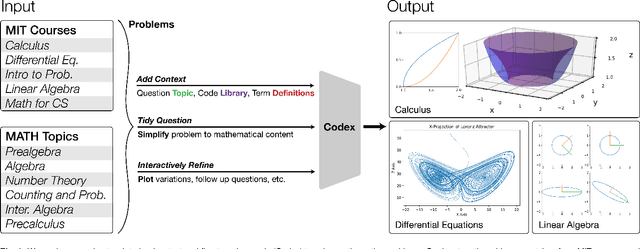
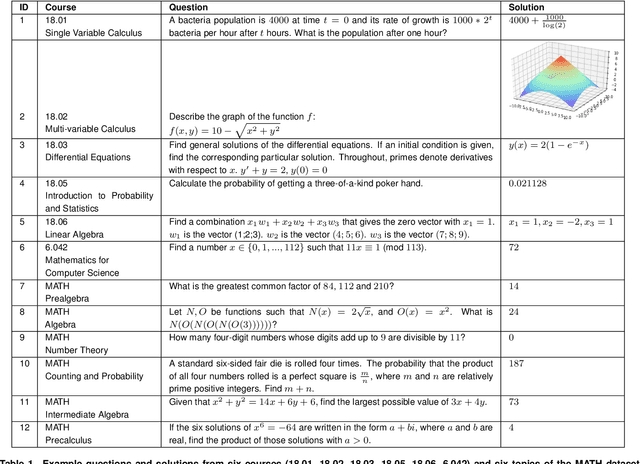
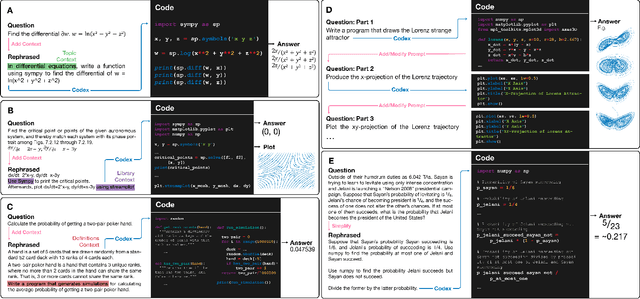
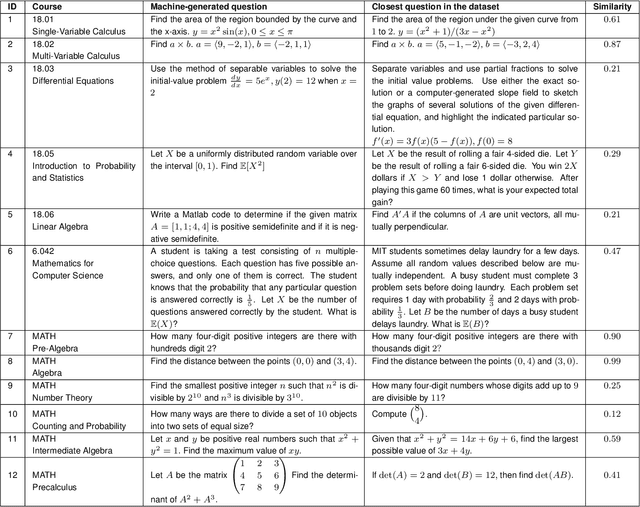
Abstract:We demonstrate that a neural network pre-trained on text and fine-tuned on code solves Mathematics problems by program synthesis. We turn questions into programming tasks, automatically generate programs, and then execute them, perfectly solving university-level problems from MIT's large Mathematics courses (Single Variable Calculus 18.01, Multivariable Calculus 18.02, Differential Equations 18.03, Introduction to Probability and Statistics 18.05, Linear Algebra 18.06, and Mathematics for Computer Science 6.042), Columbia University's COMS3251 Computational Linear Algebra course, as well as questions from a MATH dataset (on Prealgebra, Algebra, Counting and Probability, Number Theory, and Precalculus), the latest benchmark of advanced mathematics problems specifically designed to assess mathematical reasoning. We explore prompt generation methods that enable Transformers to generate question solving programs for these subjects, including solutions with plots. We generate correct answers for a random sample of questions in each topic. We quantify the gap between the original and transformed questions and perform a survey to evaluate the quality and difficulty of generated questions. This is the first work to automatically solve, grade, and generate university-level Mathematics course questions at scale. This represents a milestone for higher education.
Solving Machine Learning Problems
Jul 02, 2021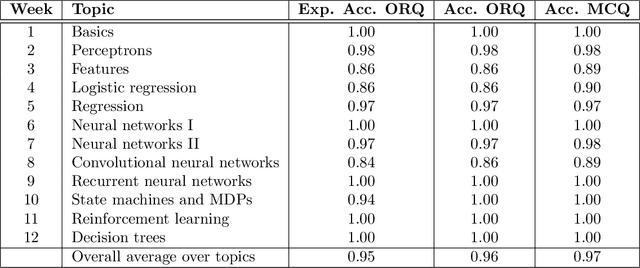

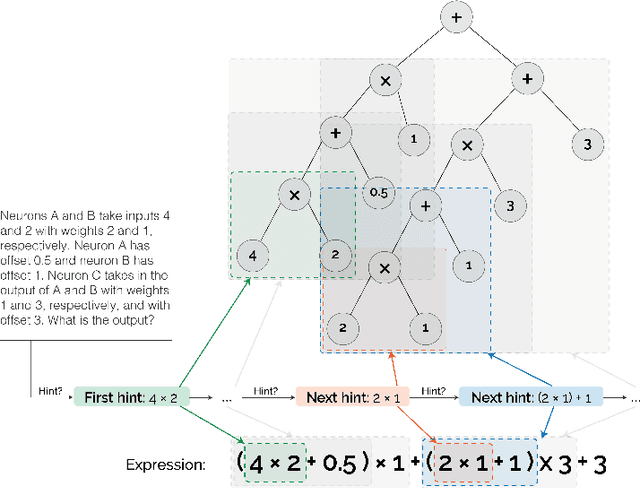
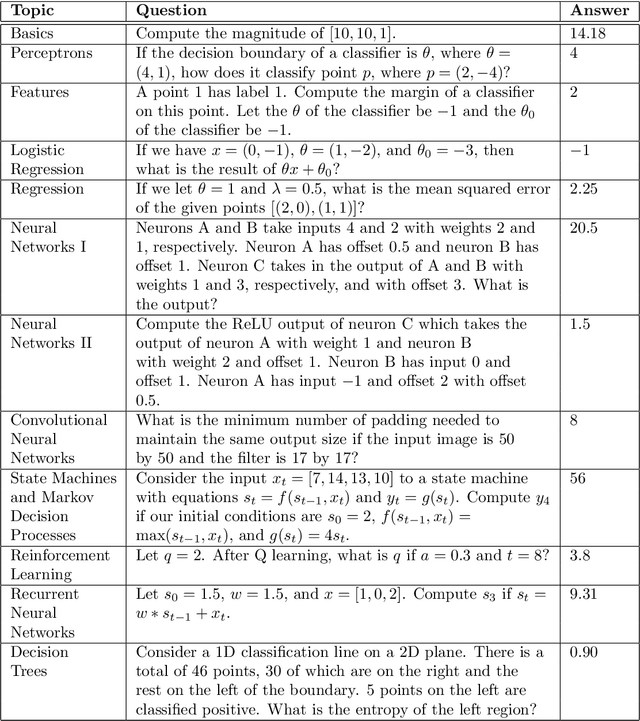
Abstract:Can a machine learn Machine Learning? This work trains a machine learning model to solve machine learning problems from a University undergraduate level course. We generate a new training set of questions and answers consisting of course exercises, homework, and quiz questions from MIT's 6.036 Introduction to Machine Learning course and train a machine learning model to answer these questions. Our system demonstrates an overall accuracy of 96% for open-response questions and 97% for multiple-choice questions, compared with MIT students' average of 93%, achieving grade A performance in the course, all in real-time. Questions cover all 12 topics taught in the course, excluding coding questions or questions with images. Topics include: (i) basic machine learning principles; (ii) perceptrons; (iii) feature extraction and selection; (iv) logistic regression; (v) regression; (vi) neural networks; (vii) advanced neural networks; (viii) convolutional neural networks; (ix) recurrent neural networks; (x) state machines and MDPs; (xi) reinforcement learning; and (xii) decision trees. Our system uses Transformer models within an encoder-decoder architecture with graph and tree representations. An important aspect of our approach is a data-augmentation scheme for generating new example problems. We also train a machine learning model to generate problem hints. Thus, our system automatically generates new questions across topics, answers both open-response questions and multiple-choice questions, classifies problems, and generates problem hints, pushing the envelope of AI for STEM education.
 Add to Chrome
Add to Chrome Add to Firefox
Add to Firefox Add to Edge
Add to Edge